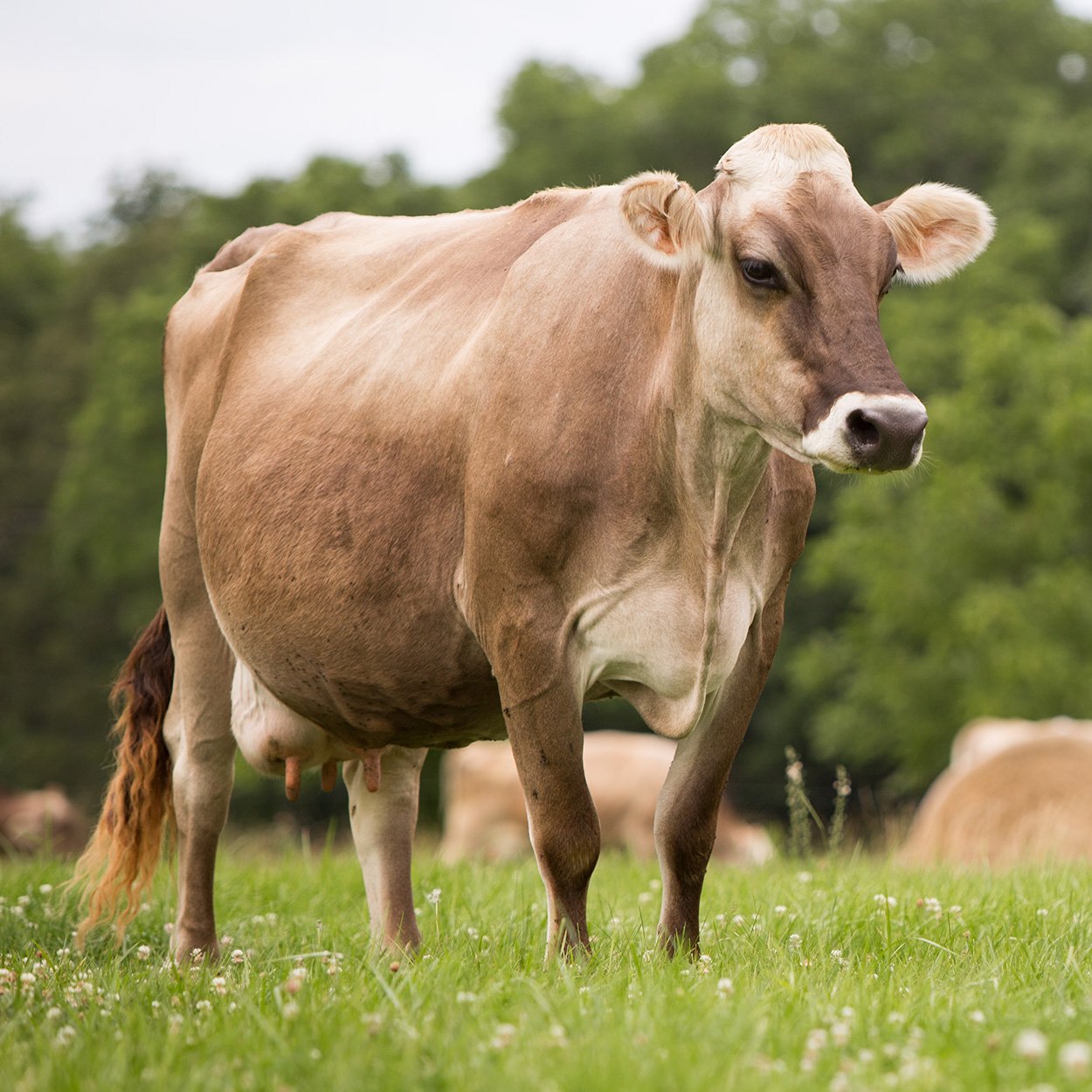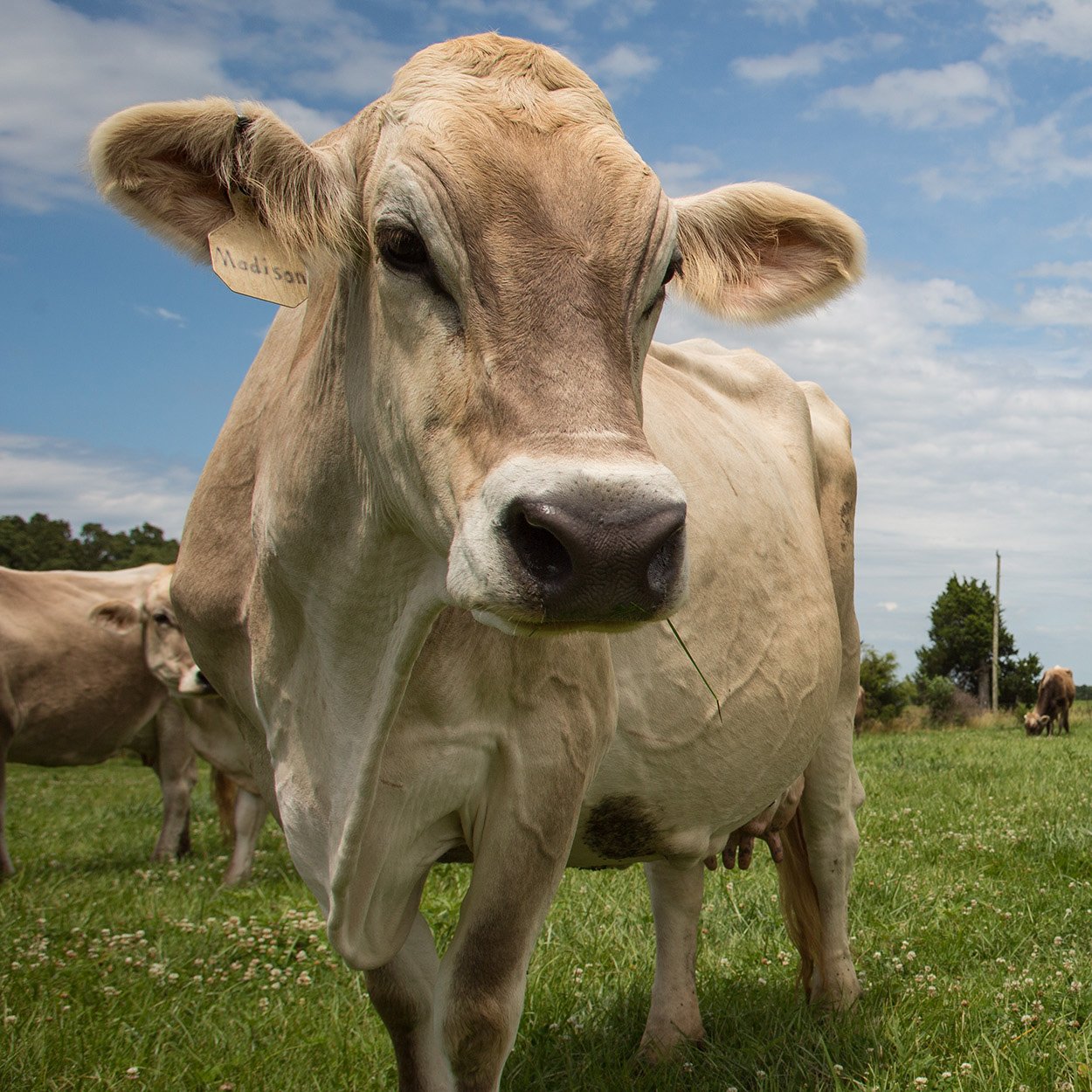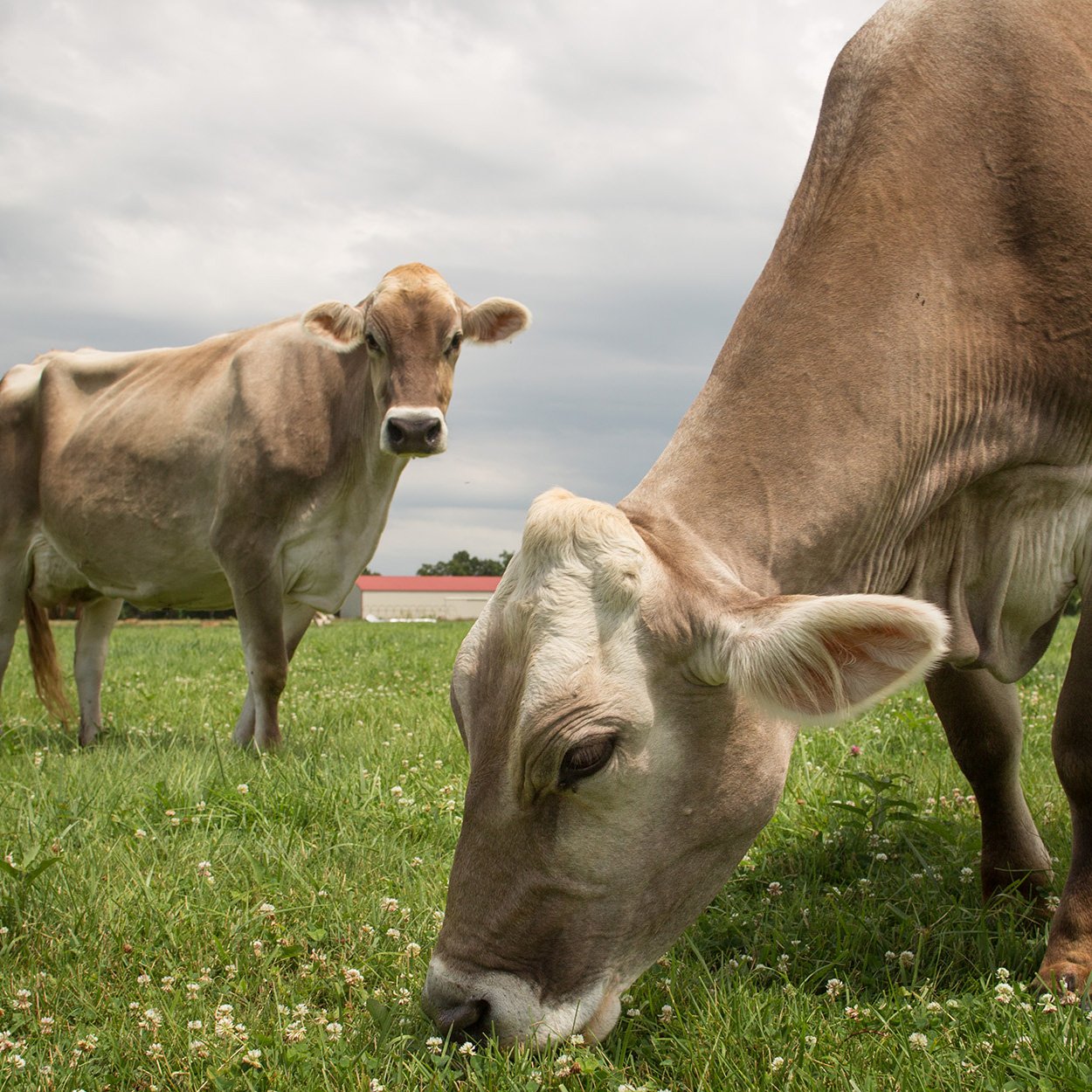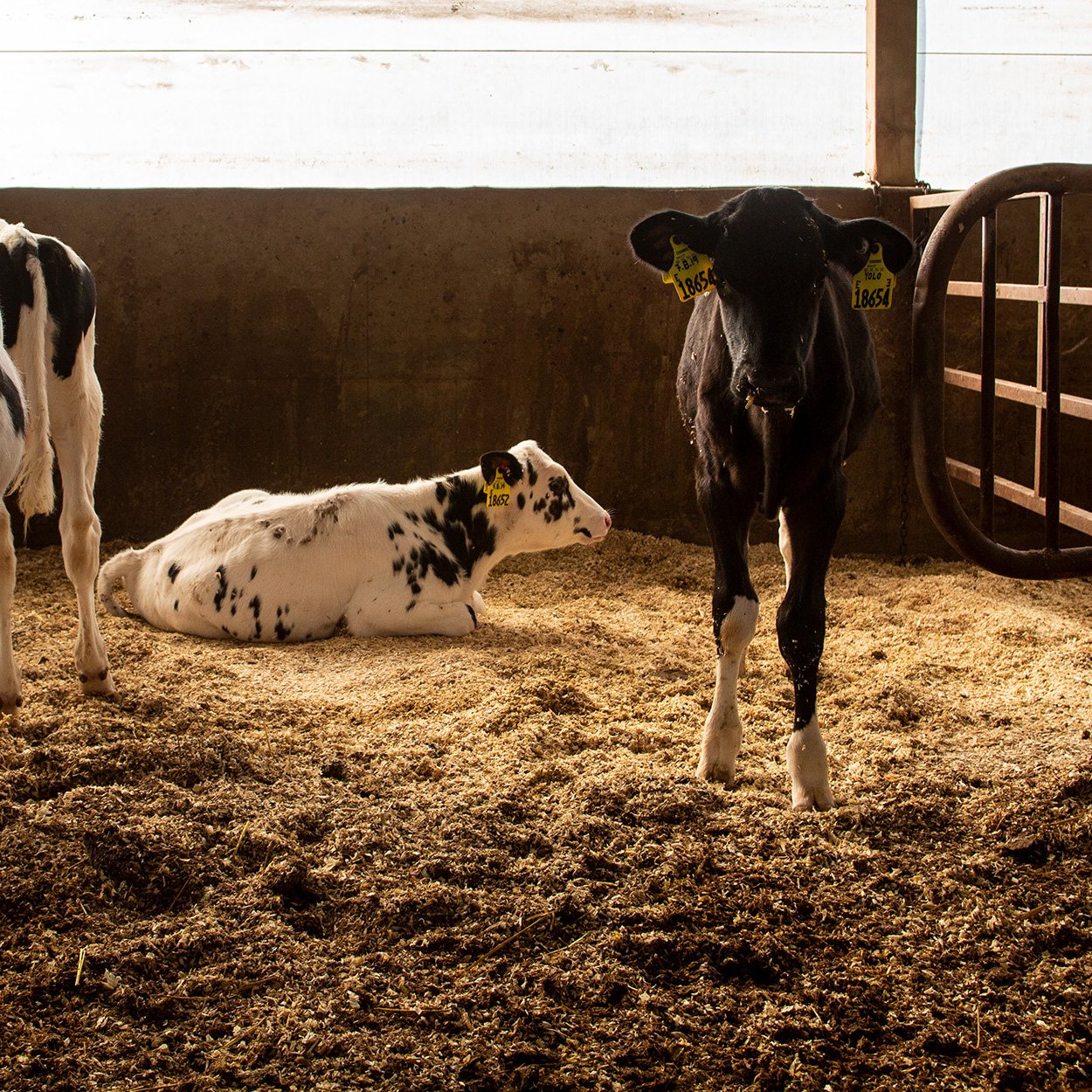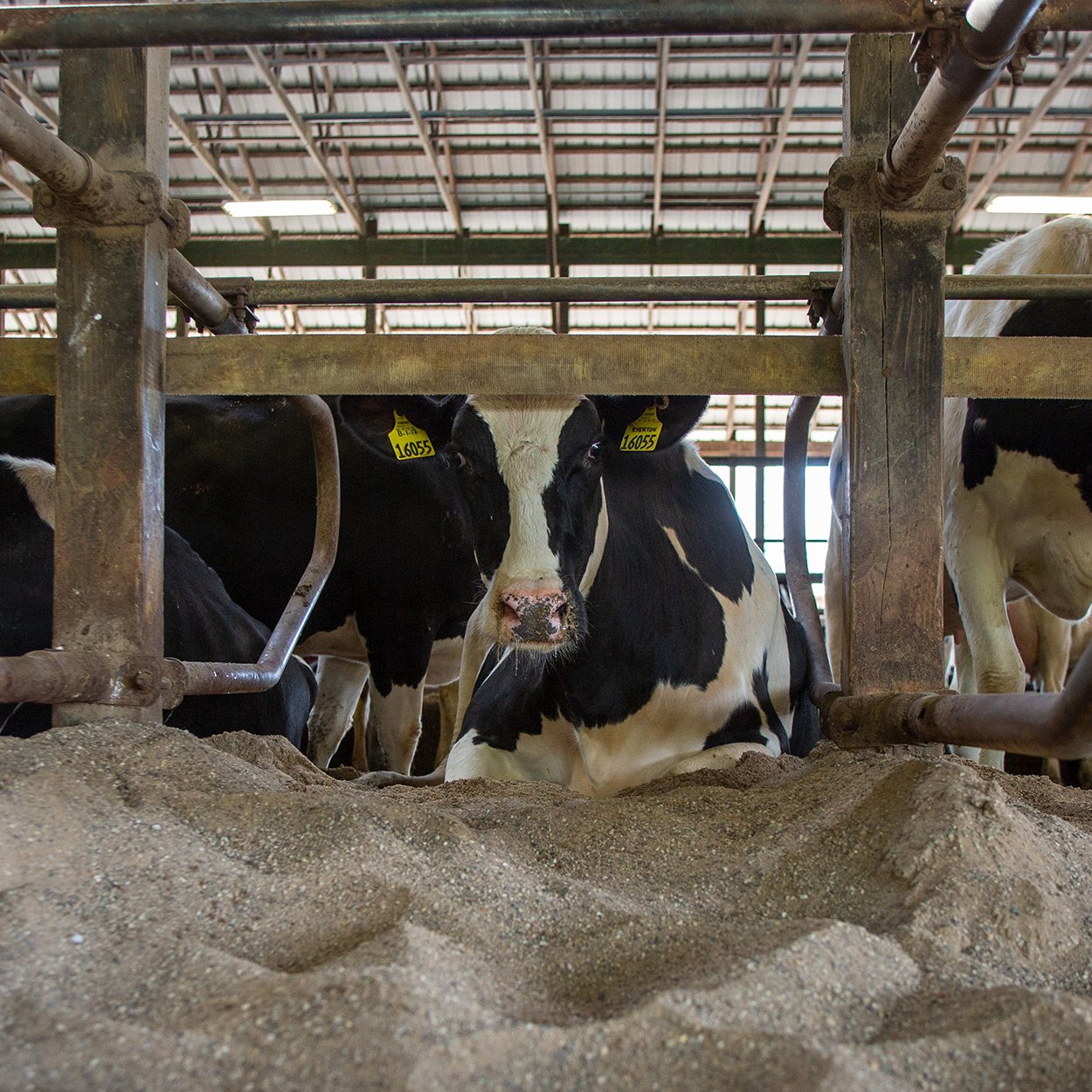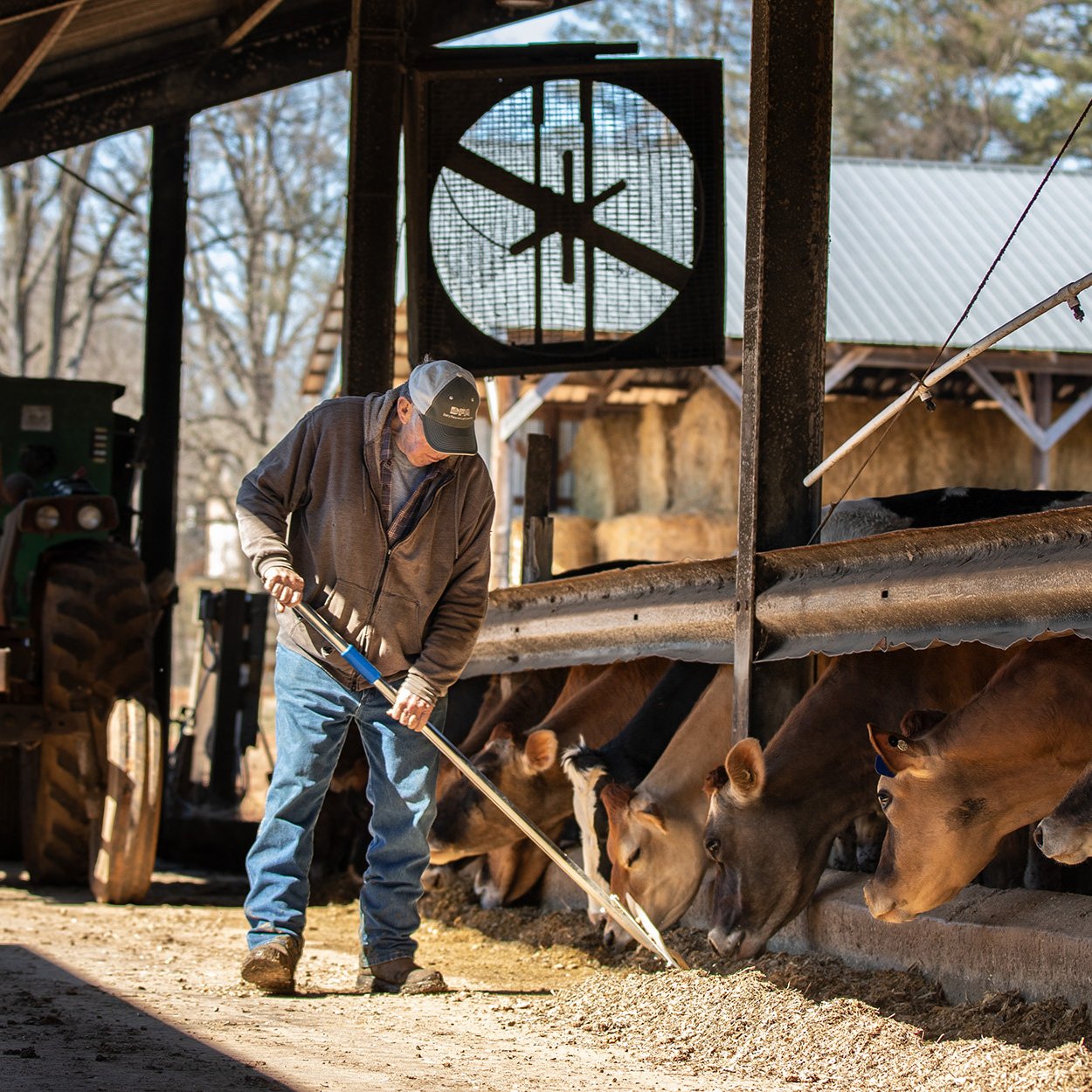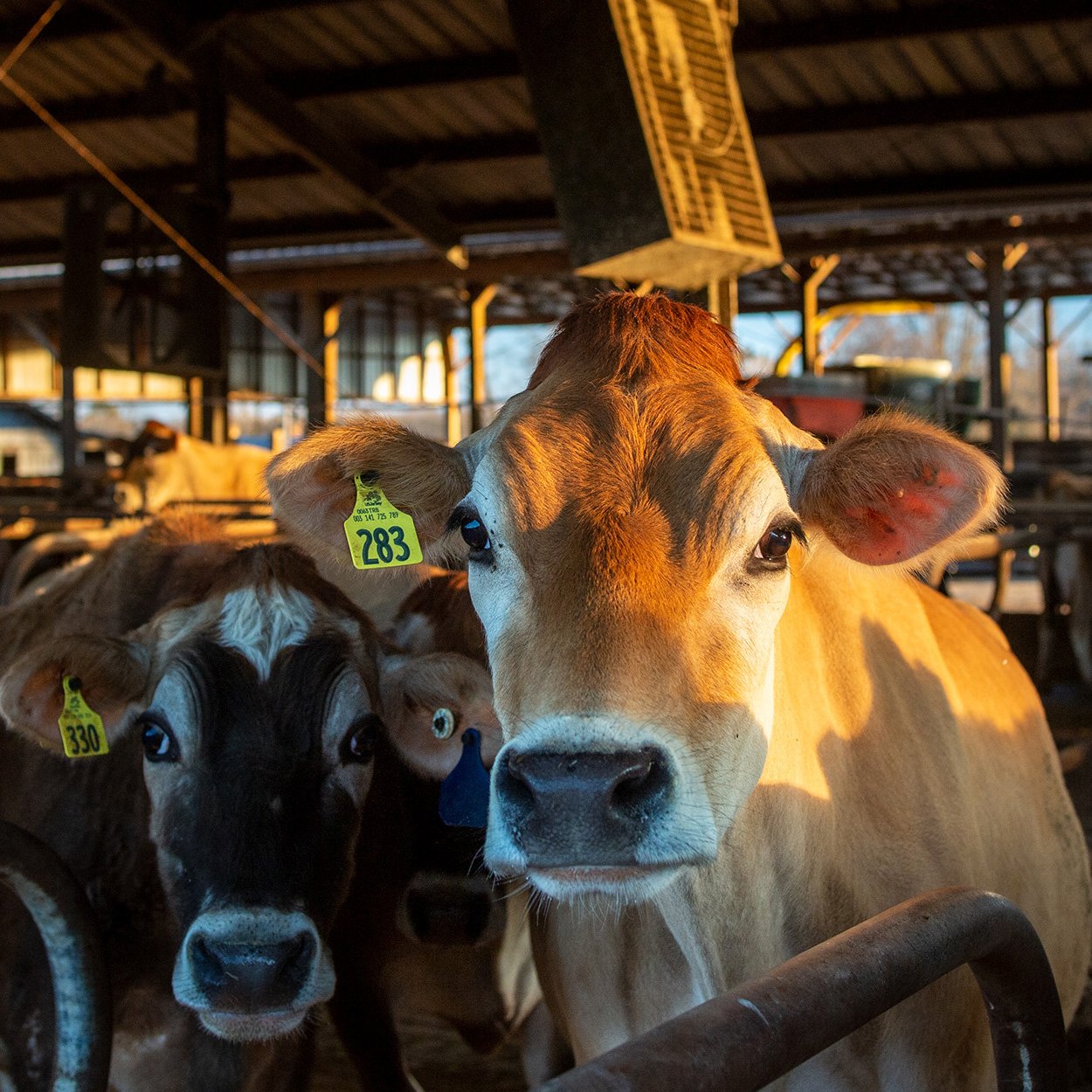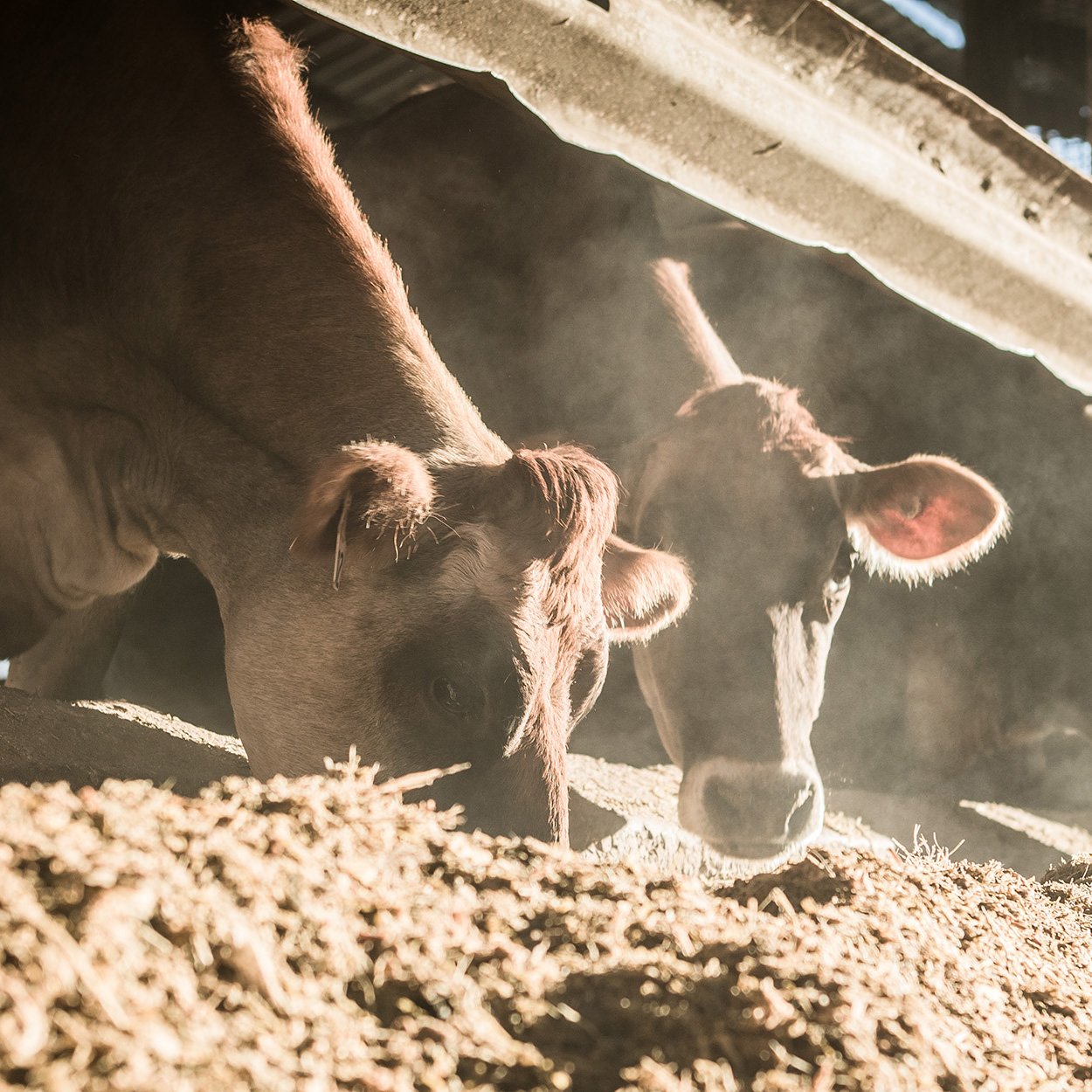An Ode to the Most Beloved Cow: Holstein, Jersey or Brown Swiss
/Like traditional family recipes, the formula for success on a dairy farm looks different for every farm family. But for all of them, the most important ingredient is the cows — the ladies who provide all of us with delicious and nutritious dairy.
When it comes to choosing a breed of cow to raise and milk, variables like climate, region, milk pricing and strategy certainly play a role in the decision-making; but for most dairy farmers, their breed of choice tends to come from those who milked before them.
Dairy farmers tend to milk the same breed of cow that their parents or their ancestors did. (Some dairy farm families go as far back as five generations or more.)
In the United States, seven dairy cattle breeds roam the barn or graze the fields: Brown Swiss, Holstein and Jersey, and less commonly, Ayrshire, Guernsey, Milking Shorthorn and Red and White Holstein.
While each breed of cow has features to appreciate, these dairy farmers are sharing why they chose their respective breed, what sets their breed apart from the others and what they love about their herd.
Why dairy farmers love Brown Swiss cows
In the late 1980s, dairy farmer Lloyd Gunter and his son, David, of Gunter Farms in Conway, Mo., were looking for a new 4-H project outside their farm herd of Holstein cows. Lloyd purchased two Brown Swiss calves to enter into competitions at their local county and state fairs, and soon, their herd became mostly Brown Swiss.
“We have nothing against other breeds, we just love Brown Swiss,” David says. “Their temperament, tolerance for heat and life longevity set them apart from the others for us.”
Brown Swiss cows are known for their gentle nature, heat resistance and the ideal fat-to-protein ratio in their milk, making their milk one of the most popular for cheesemaking.
Why dairy farmers love Holstein cows
Since 1915, the Oesch family of Swisslane Farms in Alto, Mich., has raised, milked and cared for Holstein cows. At Swisslane Farms, milk quality, components and production — as well as animal health and number of cows to be milked — are the goals, and Holstein cows are the answer.
“For our farm and our family, Holsteins are what we know and are a part of who we are,” says Annie Link, a fourth-generation dairy farmer at Swisslane Farms. “In addition to our heartfelt connection to the breed, our facilities have been designed to accommodate the Holstein breed and size, which enables us to care for them the best we can.”
“My favorite characteristic of Holsteins is how much milk they provide us with,” Annie says. “They are the highest-producing breed in the nation, and we love that they enable us to provide people with nutrition every single day.”
Why dairy farmers love Jersey cows
Bill Chapman started Chapman Jersey Farm in Taylorsville, N.C., in 1967 with his wife, Glenda, after a stint serving as a military policeman in Albuquerque, N.M. As the name of the farm implies, he has a particular fondness for Jerseys.
“In 53 years, the Jersey breed has really been good to me,” Bill says.
“We’ve had a few Holsteins. We’ve had a few Guernseys. We’ve had half a dozen Brown Swiss. I always went back and stayed with the Jerseys. Their milk has higher components in it than Holstein milk or Guernsey milk or Brown Swiss milk, and it’s just a better product. And that’s all because of the Jersey cow,” he says.
Bill’s sons, Daniel and Gary, continue the legacy their dad started. That means milking Jerseys — and they wouldn’t have it any other way.
“Jerseys are smaller, making them more efficient than other breeds,” Daniel says. “They have a smaller footprint, eat less feed, tolerate the heat well and can be bred and milked longer.”
On the fence
For some dairy farmers, it’s hard to choose just one breed of cow to love. Melvin Medeiros of Medeiros Dairy and Medeiros Holsteins in Laton, Calif., a self-proclaimed, die-hard Holstein dairyman, is seeing the benefits of the Jersey breed taking shape at his dairy.
Two big factors convinced Melvin and his sons to experiment with the Jersey breed: severe droughts in California and a shift in the California pricing system from prioritizing milk volume to now paying more for milk that has higher butterfat content.
“In the past, dairy farmers were not usually open to change or trying something new, but I feel the last few years, more dairies are looking for anything that can be more profitable.”
Now, 55% of Melvin’s herd are Holsteins and 45% are Jerseys.
“Nine years ago, my son started a Jersey herd down the road from my farm,” Melvin says. “We compared efficiencies, cash flow and the animals’ footprint, and I decided it might not be a bad idea to take a chance on Jerseys.”
Like the Medeiros family, dairy farm families across the country, while they tend to remain loyal to one breed over others, are becoming more open to exploring the benefits of diversifying their herds.
“In the past, dairy farmers were not usually open to change or trying something new, but I feel the last few years, more dairies are looking for anything that can be more profitable,” says David Gunter of Gunter Farms in Conway, Mo.
“If adding Brown Swiss or another breed or crossbreeding will benefit our herd and bottom line, we’re going to try it.”
When it comes to the cows themselves, dairy farmers grow fond of the personalities and characteristics of their favorite breeds. From gentle Brown Swiss to relaxed Holsteins to curious Jerseys, a dairy farmer’s bond with their cows goes far beyond producing milk and paying bills. Whichever breed they may be, the special ladies who work hard 24/7 to feed the world nutritious dairy are what dairy farmers love most.
Meet the ladies: The Brown Swiss
Brown Swiss cows look like their name sounds — light brown in color with creamy white muzzles and legs, and dark eyes and noses — and are considered to be the oldest dairy breed, originating from The Alps of Switzerland.
Meet the ladies: The Holstein
Holstein cows are the most common of the dairy breeds and are known for their iconic black and white spots. As one of the, let’s say, larger-framed breeds, Holsteins tend to produce more milk volume than others.
Meet the ladies: The Jersey
Known for their friendly nature and big doe eyes, Jerseys leave a lasting impression. These curious brown ladies have a reputation for eating — or just licking — everything around them. They’re smaller statured than other breeds, but their milk contains the same amount, if not more, of protein, milkfat and other solids as Holsteins.


